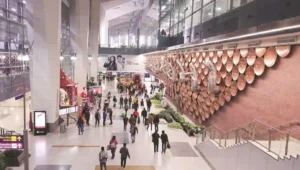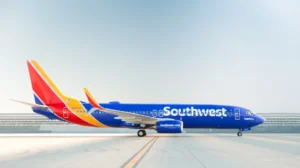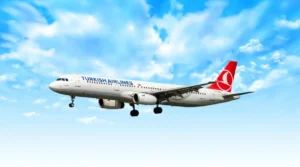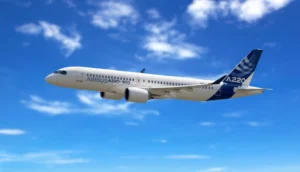Saudi Investment in Heathrow: What It Means for Passengers
In a significant development poised to reshape the landscape of one of the world’s busiest airports, Saudi Arabia’s Public Investment Fund (PIF) is set to acquire a 25% stake in Heathrow Airport. This landmark deal, backed by Riyadh’s sovereign wealth fund, is valued at £2.4 billion and is expected to close before the summer, signaling a major influx of Saudi investment into Britain’s aviation sector.

The consortium, led by the PIF and in partnership with private investment firm Ardian, aims to position itself as a “long-term partner” for Heathrow Airport, ushering in a new era of growth and innovation under Saudi ownership.
While the infusion of Saudi billions holds the promise of transformative changes for Heathrow, particularly in terms of technology and operational enhancements, it also raises questions about the future trajectory of the airport, particularly concerning the contentious issue of the third runway.

A deal for a Saudi-backed consirtium to take control of Heathrow is expected to close before the summer CREDIT: getty
Despite fervent calls from airlines and policymakers for the expansion of Heathrow’s capacity through the construction of a third runway, recent reports suggest that such plans may be shelved. Citing environmental concerns and potential disruptions to road traffic during the construction phase, Heathrow executives are reportedly hesitant to pursue this ambitious project.
Instead, Heathrow’s new chief executive, Thomas Woldbye, is exploring alternative strategies to accommodate the growing demand for air travel. These strategies include optimizing existing infrastructure, such as terminals and gates, to improve efficiency and passenger experience.
One proposal under consideration involves the redevelopment of Terminal 1 to create space for the reconstruction of Terminal 3, catering to major carriers like Virgin Atlantic, Emirates, and Qantas. Additionally, the closure of Terminal 4 is being contemplated to streamline operations and enhance overall efficiency at the airport.

photo source: Bloomberg
Furthermore, industry experts suggest that adopting “mixed mode” operations, where a single runway is utilized for both take-offs and landings simultaneously, could significantly increase Heathrow’s capacity. However, implementing such changes would require legislative approval and substantial financial investments.
Amidst these deliberations, technological innovations are expected to play a pivotal role in improving Heathrow’s operational efficiency. Drawing inspiration from Gulf airports renowned for their cutting-edge technology, Heathrow is likely to introduce automated check-in systems, biometric authentication, and advanced security measures to expedite passenger processing and enhance the overall travel experience.
The Saudi investment in Heathrow is not only expected to modernize the airport’s infrastructure but also facilitate strategic partnerships with Saudi carriers, such as Saudia and Riyadh Air. This collaboration could potentially unlock new routes and flight options for passengers, further solidifying Heathrow’s position as a global aviation hub.
While the full extent of the Saudi-backed transformation of Heathrow remains to be seen, passengers can anticipate a future characterized by enhanced technological capabilities, streamlined operations, and increased connectivity, reaffirming Heathrow’s status as a leading international airport poised for continued growth and innovation.











